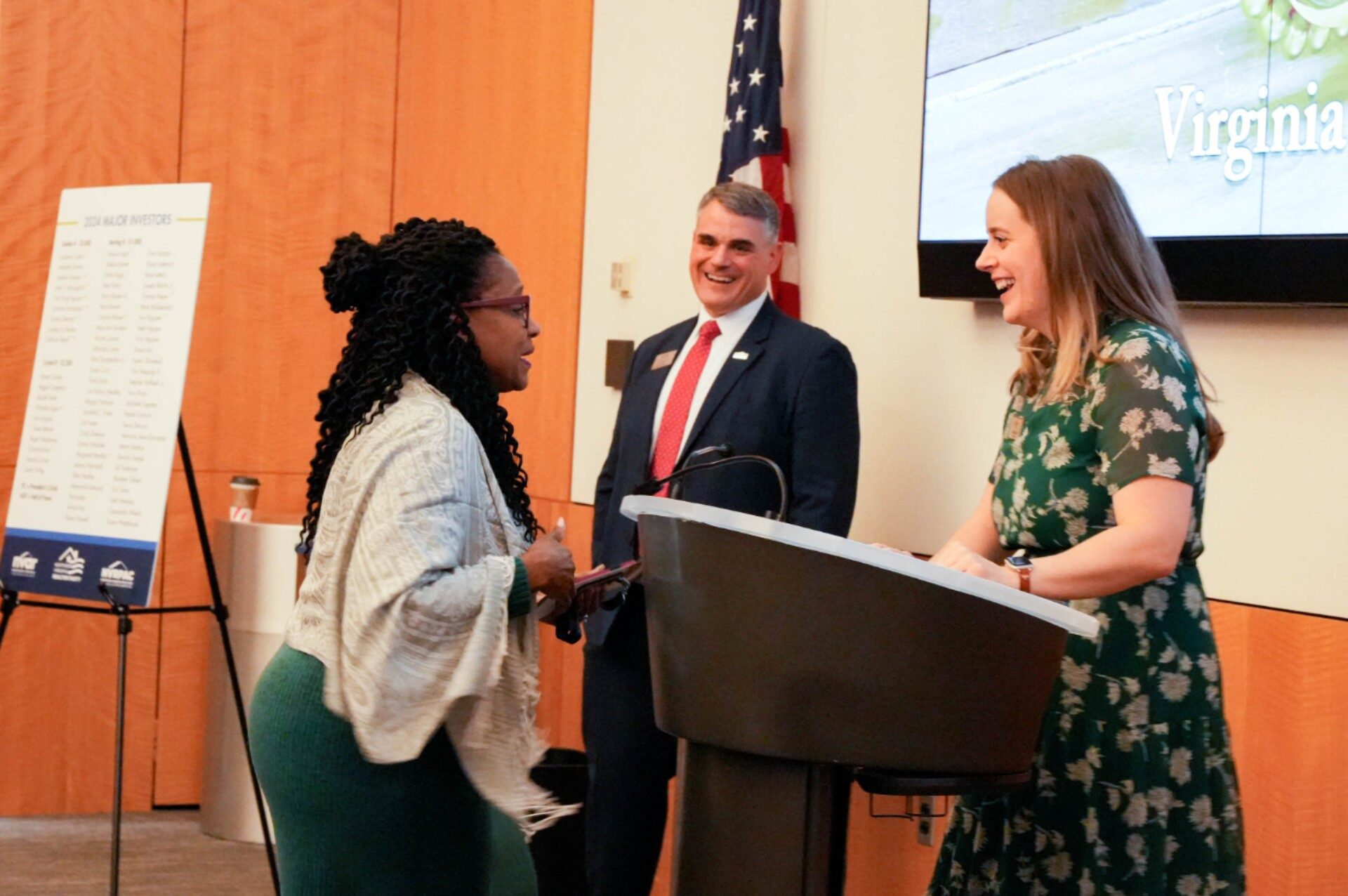Charting Our Course: NVAR’s Annual Legislative Blueprint
Each year, NVAR carefully develops a comprehensive Legislative Agenda through a collaborative process involving the Realtor® member public, our dedicated Public Policy Committee, and Board of Directors.
This strategic policy roadmap represents our commitment to addressing legislative challenges and opportunities locally and at the state level of government that impact real estate professionals, property owners, and our broader community.

2024 – 2025 NVAR Legislative Agenda
The Legislative Agenda is a critical blueprint identifying key policy priorities to protect property rights, promote fair real estate practices, review regulations, and ensure the continued strength of our professional community.

Priority Issues
Housing Supply, Attainability, & Affordability
Promoting policies that increase housing inventory and ensure access to attainable homeownership and rental opportunities.
Realtor® Professionalism, Education, & Practice
Strengthening industry standards through education, ethical practices, and professional development.
Fair Housing
Ensuring equal housing opportunities for all by promoting policies that uphold anti-discrimination laws and inclusive practices.
Transportation, Infrastructure, & Regional Economy
Advocating for regional growth, improved transportation networks, and innovative technology that enhance real estate markets.
Property Rights & Consumer Protection
Defends renter and property owners’ fundamental rights, privileges, and protections.
Standing Positions
Upholding long-term policies on good governance, fair taxation, and a business-friendly environment for real estate professionals.
How We Build the NVAR Legislative Agenda
NVAR develops its Legislative Agenda every year by gathering and refining legislative and regulatory policy proposals with a thorough, member-driven process.
Each spring, committees, forums, and individual Realtors® submit issues to the NVAR Public Policy Committee, which researches and recommends relevant items for the final Legislative Program. After review by the Public Policy Committee and approval by the NVAR Board of Directors, the program is forwarded to the Virginia REALTORS® (VAR) for inclusion in statewide legislative priorities.
NVAR remains steadfast in its mission to protect and promote the real estate industry. As policies evolve, we continue to advocate for solutions that benefit both Realtors® and the communities they serve.
You Voice is Important to Us
If you have suggestions for legislative or policy items we should be looking into submit them here.




